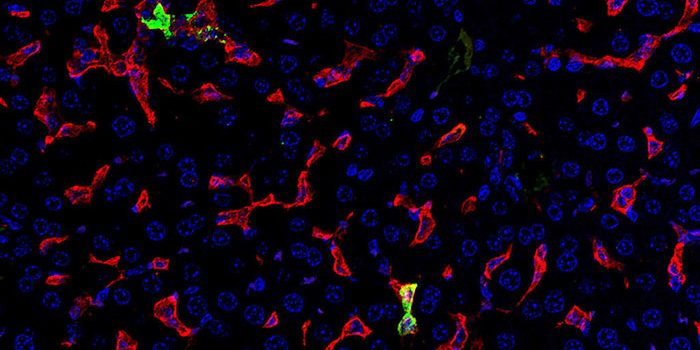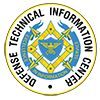U.S. Army scientists determined that the body’s own natural immune response contributes to disease severity in mice infected with Crimean-Congo hemorrhagic fever virus (CCHFV), which causes a widespread tick-borne viral infection in humans. Their work, published in today’s edition of PLOS Pathogens, provides a deeper understanding of how the virus causes disease and forms a basis for developing medical countermeasures to prevent and treat infection.

Crimean-Congo hemorrhagic fever virus causes a catastrophic destruction of Kupffer cells in mice lacking type I interferon signaling, as indicated by a nearly complete loss of the Kupffer cell surface marker CLEC4F. In contrast, this image shows that the CLEC4F-positive Kupffer cells (red) are not lost during infection in mice lacking mitochondrial antiviral signaling protein where type I interferon activity was also blocked by antibody. Additionally, viral protein (green) was only detected in the CLEC4F-positive Kupffer cells (red). Cell nuclei were stained in fluorescent blue. These data demonstrate that Crimean-Congo hemorrhagic fever virus liver injury in MAVS-deficient mice is much more limited compared to infection in nontransgenic wild-type mice (image credit: Jeffrey M. Smith, USAMRIID).
June 7, 2022 | Originally published by U.S. Army on May 19, 2022
Focus Areas
Want to find out more about this topic?
Request a FREE Technical Inquiry!

